Fighting the good fight
Volunteers work tirelessly to keep community centres running
Advertisement
Hey there, time traveller!
This article was published 30/04/2019 (2438 days ago), so information in it may no longer be current.
On April 24, we launched the first instalment of our feature Building Unity: Our Community Centres, highlighting the work done by community centres in and around Winnipeg.
In the second part of this three-part series, we examine the challenges faced by community centres in Winnipeg and area in depth.
Although some struggle and others thrive, community centres remain intrinsic parts of the areas they serve. While some centres operate with million-dollar annual budgets, still others are making do with tens of thousands of dollars.
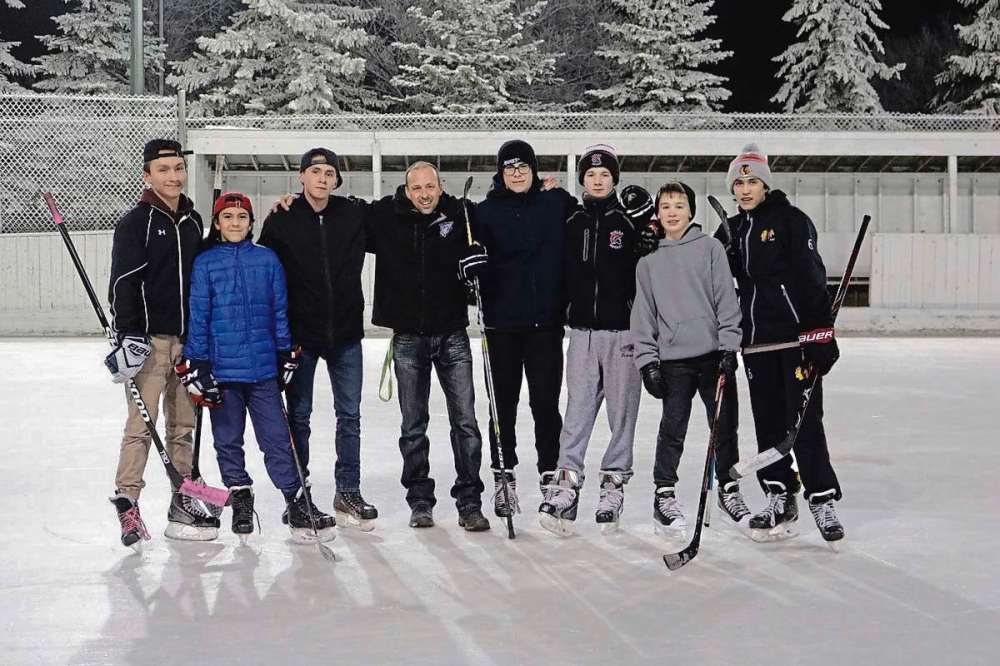
“Larger community centres with indoor facilities most definitely have different budgets, both in income and expense, than smaller centres,” explained Marlene Amell, executive director of the Greater Council of Winnipeg Community Centres. “It’s difficult to get the comparisons, like comparing apples to oranges.”
Despite differences in size, amenities and budgets, community centres in Winnipeg and past the Perimeter face many common challenges. Chief among them are ensuring that they are operating in a fiscally responsible and sustainable manner, maintaining and improving aging infrastructure, and finding and keeping volunteers to make it all happen.
Keeping the doors open
Regardless of size, community centres all need to find a way to keep the doors open and the lights on. Each community centre within the City of Winnipeg receives a basic operating grant from the GCWCC, based on heated square footage (which does not include rink surfaces) and the populations of their catchment areas, based on recent census data.
“Community centres do rely on income from hall rentals, fundraising, and their various programs,” Amell explained. “Normally they do charge a fee for programs, to help sustain it. That’s basically how they manage to keep the doors open.”
Large, regional centres, such as Dakota Community Centre — which has an annual operating budget in the millions of dollars and features two indoor rinks, a brand-new fieldhouse, and large and small social halls, among other amenities —have a chief executive officer and a number of full- and part-time paid staff members working along with a board of directors to provide programming and ensure everything runs smoothly.
By contrast, at Transcona East End Community Centre, which is home to three indoor rinks and a modest social hall, the volunteer board of directors has worked doggedly to keep staffing costs to a minimum, in order to pass on savings to the community.
“We pay our ice guy, we pay our bookkeeper, the rest is run on a volunteer basis and I don’t think a lot of people understand that,” said Tom Nesby, past president and vice-president at East End. “If the public does not want to be involved in community centres, I can tell you right now your ice fees are going to go up.”
For smaller centres, it can be a challenge to properly equip the kids who sign up for sports programming.
“It’s one of those things, it’s ongoing and it’s expensive to buy,” said Leila Dance, operations manager at Transcona’s Park City West Community Centre. Park City West is home to three outdoor rinks during the winter, a gym, a social hall and outdoor soccer pitches and operates with an approximate annual budget of $500,000.
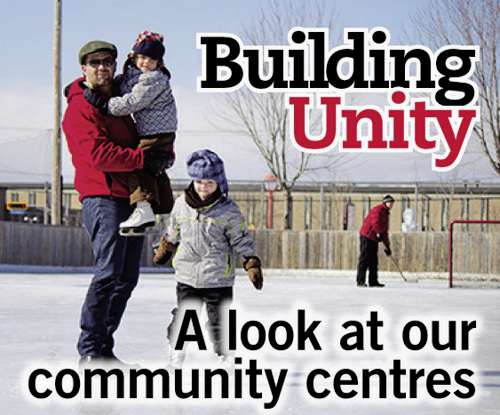
“Little by little the equipment gets damaged, or a piece goes missing, or it comes back all sweaty and gross because it’s been used all winter long. We always try to put money aside to buy those things.”
Smaller neighbourhood centres, such as the Fort Garry Community Centre, face even tighter margins. Fort Garry, which operates two small clubhouses in the neighbourhood, runs on an operating budget of about $269,000 and gets an operating grant of about $100,000 from the City of Winnipeg. It relies on smaller grants from the City of Winnipeg, Green Team, Canada Summer Jobs, and other programming grants to help with operations. General manager Susan Belmonte estimates around $49,000 is generated annually through rentals.
“We’re only open for the most part when there are people actually using the space,” Belmonte said. “On the weekend, if nobody has booked the space, our building is closed… that’s because we can’t create that revenue to have it staffed from morning to night, like some centres do. Ideally a community centre should be accessible like that.”
Online registration woes
While most community centres host sports teams on their outdoor rinks and fields, teams and registration fees are increasingly managed by individual sports associations. Some feel the move towards centralization cuts into the money — and volunteers — needed to keep community centres operating.
“Programs are now taking their own registrations online,” said Abbie Bajon, general manager of Corydon Community Centre, which runs three locations throughout River Heights. “It’s changed a lot of how things used to happen. We used to have a lot more say in what the fees were for certain programs and what we were going to budget. We were able to control that, and now it’s not as easily controlled.”
“We do not do online registration,” said Susan Carson, president of Melrose Park Community Centre in East Kildonan. “It’s all in-person. We do that so they can see what we’ve got here, and to rope them into being coaches.”
“Online registration has killed our ability to talk to people one on one,” lamented Nesby, who first got involved at East End as a soccer coach and then convenor when his children were young. “I’m old-school. I want to meet you as a person. I want to convince you to be a soccer convenor. Or manage the team. All’s you gotta do is phone people. Just make sure somebody brings oranges for the break. That’s all it is. It’s that simple, but we’re still not getting any new people.”
Maintaining community spaces
The average age of Winnipeg community centres is 37 years — and with aging facilities come costly repairs, accessibility issues and uncertainty.
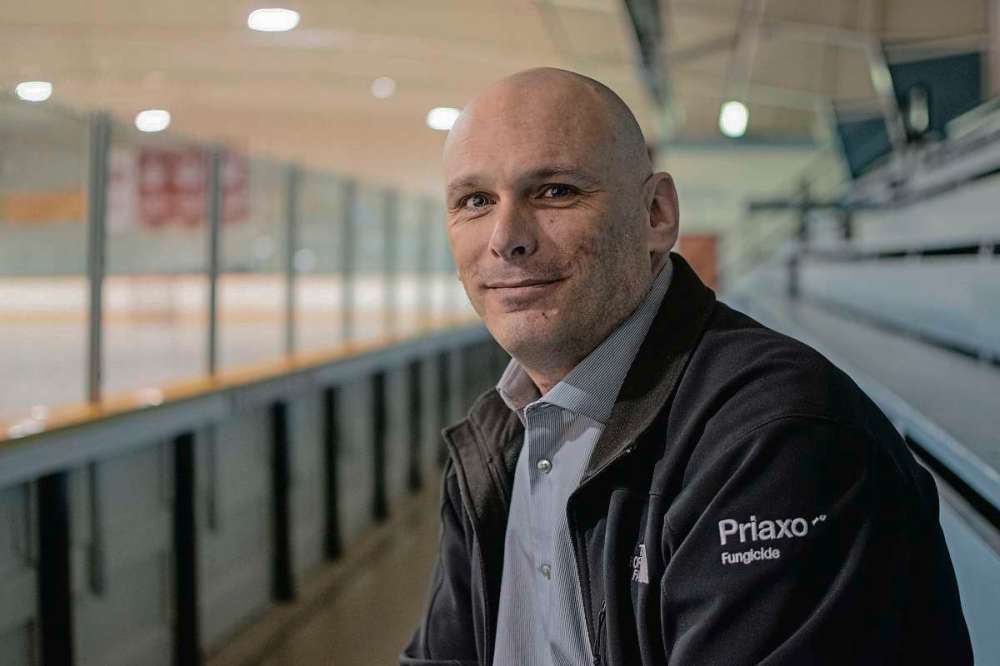
“We’re about one break from an ice plant to being financially in trouble,” said Denis Van Laeken, operations manager at Gateway Recreation Centre in North Kildonan, which has two indoor rinks.
In 2018, the City of Winnipeg released an asset management plan that looked at the state of city-owned infrastructure. According to the report, 39 per cent of community centres are in poor condition and the facilities represent the largest infrastructure deficit in the community services portfolio at $274 million. The deficit is calculated by the centres’ estimated infrastructure needs over the next decade minus the funding available through the City’s 10-year capital plan. The City is responsible for large capital repairs, like structural issues or roof replacements, but the remaining upkeep is the responsibility of individual community centres.
“We have 93 per cent usage at our club, which means every piece of our building is used 93 per cent of the time… So it takes a lot of wear and tear. There isn’t a lot of funding for the upkeep of that,” said Sue-Ann Campbell, general manager of Earl Grey Community Centre.
Community centres can apply for renovation grants from the City each year, which provide up to $50,000 for eligible projects.
“What we need done is $200,000 plus. So you’re looking for multiple grants, you’re trying to save money, you’re trying to find other funding sources to be able to put money away for these facilities,” Bajon said of Corydon Community Centre.
The renovation grant program has been around since 2012 and this year the City announced it was increasing funding for the program from $965,000 to $2 million and doubling the amount available for each project. However, the City only gave out $625,155 in community centre renovation grants in 2018.
According to a City spokesperson, “grants awarded are directly linked to the number and value of applications received, which varies per intake.”
Most community centres built in the 1960s and ’70s were designed to support outdoor activities and lack the regulation-size gymnasiums and multi-purpose rooms that are in high demand today.
“We kind of laugh and call this our glorified skate shack, because that’s basically what it is,” said Jennifer Ferguson, president of Tyndall Park Community Centre in northwest Winnipeg. “I think we are using the space that we have as effectively that we can, but we really want to be able to offer more seniors programs, drop-in programs, adults programs, but we don’t have enough space.”
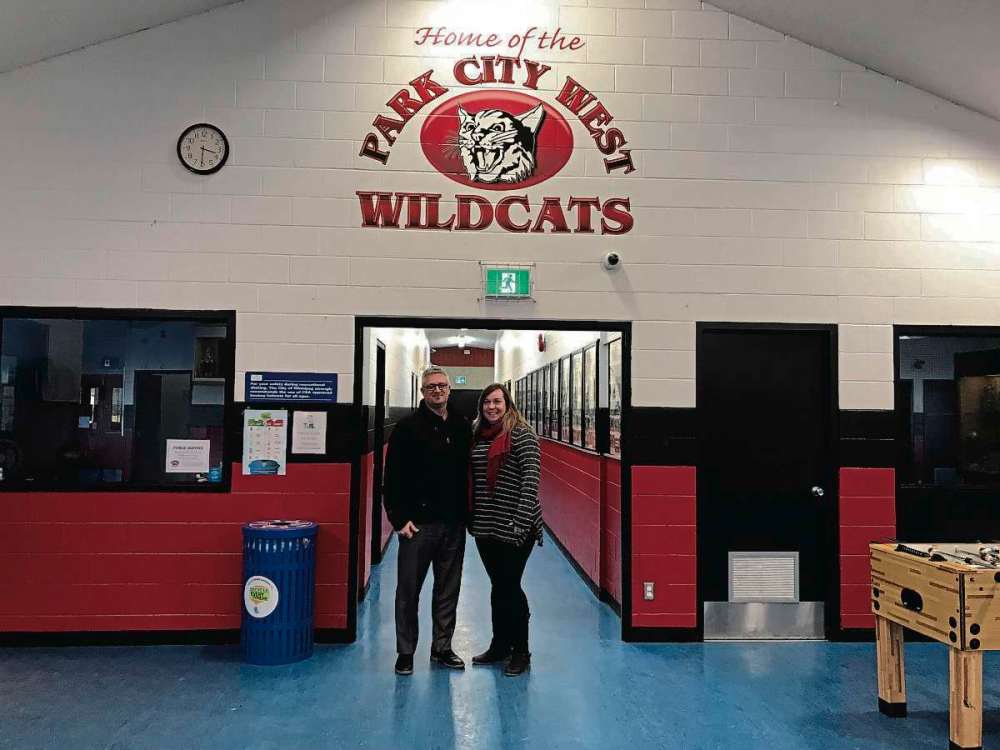
Many of these older facilities also require upgrades to meet current building codes and the built environment requirements set out in the Accessibility for Manitobans Act (AMA).
Louise Hedman, president at South Transcona Community Centre, said the club’s board spent two years applying for grants to make the facility accessible and is finally installing a wheelchair ramp, funded through the City, this spring.
“There were a lot of people who used to come to everything but, because they’re older and have accessibility issues, now they can’t come. This will allow them to come again,” Hedman said, adding that the improved accessibility means South Transcona can now be used as a polling station and can schedule more daytime seniors’ programming.
According to the City, its primary role in addressing AMA requirements at community centres is to focus on avoiding and eliminating physical barriers within clubhouses as well as in parking lots and through signage. Any renovations and new constructions at community centres need to meet the City’s universal design policy. Funding for upgrades can be applied for through the City’s accessibility and refurbishments and improvements programs.
Feeling the chill
The 14 Winnipeg community centres that operate indoor arenas face a unique challenge in maintaining their ice.
“The indoor ice plant is essentially a refrigeration plant and it requires an engineering ticket with refrigeration level,” said Mike Stuart, president of Kirkfield Westwood Community Centre in west Winnipeg. “It requires apprenticing on the job, too, and there’s currently a shortage in the city.”
Arena attendants are in charge of everything from operating the Zamboni to maintaining and repairing refrigeration equipment. The Keith Bodley Arena at KWCC brings in a significant income for the community centre through ice rentals, but the staffing requirement eats into those profits.
“It drives up the overtime cost for employers with existing employees, because they can’t hire in extra staff,” Stuart said. “We probably paid out $40,000 in overtime this past season.”
To combat the issue, Kirkfield Westwood has agreed to pay for the certification course and supply the 900 hours of on-the-job training for a new arena attendant. In return, their attendant has agreed to work at the arena for a year.

“It’s a win-win, we help him through the program and our long-term goal is to keep him here beyond a year,” Stuart said.
Volunteers, volunteers, volunteers
One of the biggest challenges currently faced by some community centres in the province is attracting and sustaining a solid volunteer base, whether it’s board member positions, sports convenor roles, or any number of other unpaid positions.
Joseph Gatien, past president of Bronx Park Community Centre in East Kildonan, said getting volunteers is “the number one challenge” for any non-profit organization.
“The most challenging is our sports programs. They’re still running but it’s a challenge,” Gatien said.
“We’ll be losing our soccer co-ordinator and hockey director, and so far no one is set up to replace them. Getting board members can be a challenge. I’ve been trying to find a replacement for myself for a number of years, and it hasn’t happened. I was a volunteer co-ordinator for my first year — I’ve been here eight years.”
“It’s not that I hate it or anything, but life is busy, and it’d be nice to get some new blood in here. I’m 60, that’s not the end of the road or ancient, but this place could use some new energy. We’re not a bunch of old codgers, but it’d be great to have some new ideas, some new energy,” he added.
Nesby, who has volunteered at East End Community Centre in Transcona for over 30 years, said the perception about the role and purpose of the modern-day club can present a roadblock.
“I think the biggest problem we’re having right now is the concept that the community club is here to provide a service,” Nesby said. “It’s really the other way around.
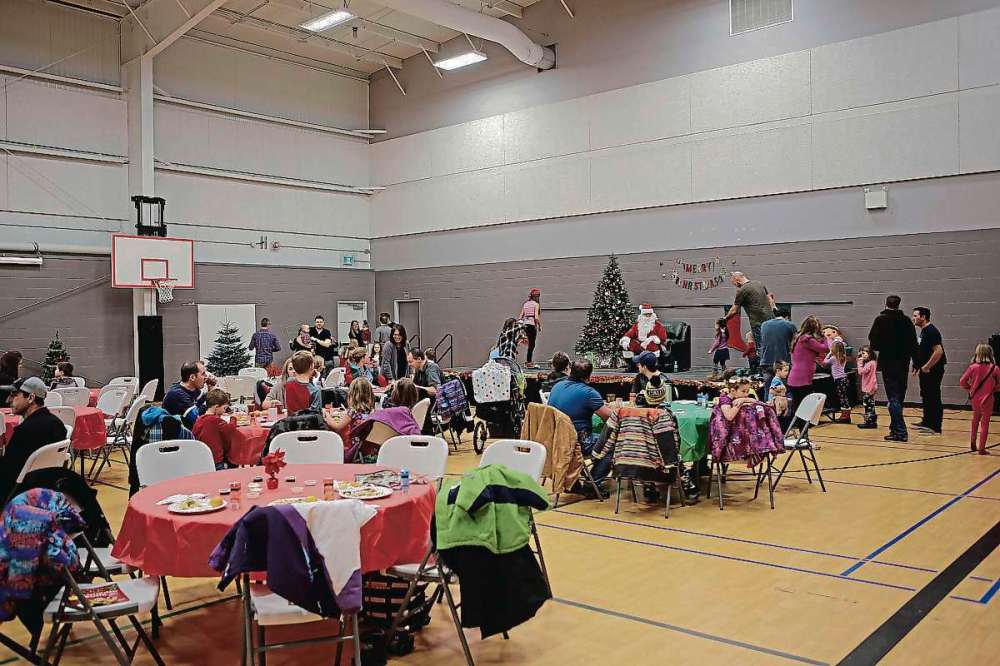
“It’s the community providing the service for themselves. It’s a group of people who will get together and organize something, to have fun. And it should be enjoyable! It should be an experience where you say, ‘Geez, wasn’t that great?’ Now, it’s like, ‘When is the carnival?’ Do you think these things happen by themselves? With most people, they don’t understand the concept of what a community centre is all about. There’s a big misconception around honorariums. We don’t get one. It’s a never-ending, losing battle,” Nesby said. “Everybody wants programming but they don’t want to run it.”
At Norwood Community Centre in Norwood Flats, organizers are happy with the number of volunteers who step up to help out — although more are always welcome.
Barry Nacci, the centre’s general manager, said the volunteer base at the facility is good, but organizers can always use an extra pair of hands at the Walmer Street club, which is something he said applies across the board.
“At times, we struggle, like every centre, especially as people are so busy these days with work or with their kids in different sports and activities. Our base is good, but we could always use more volunteers,” Nacci said.
Unlike some other centres, Varsity View Community Centre in Charleswood has no problem finding and maintaining its volunteer base, according to its president Murray Cunningham, who said “the tightness and longevity of our board is very good.”
“People who are here seem to stay here for a long time,” Cunningham said.
“The people and staff running this ship are really good and that probably trickles down to the programs.”
The centre also has a nursery school, and several of the staff members have been involved for 30-plus years.
Southwest of the city, organizers at La Salle’s Caisse Community Centre, which is located in the RM of Macdonald, have noticed a fluctuation of volunteer participation over time.
La Salle residents, who volunteered extensively for years to replace an aging community centre with a new purpose-built facility, celebrated when the doors opened in February 2014. Since that time, however, volunteer commitment in support of the centre has waned to some degree.
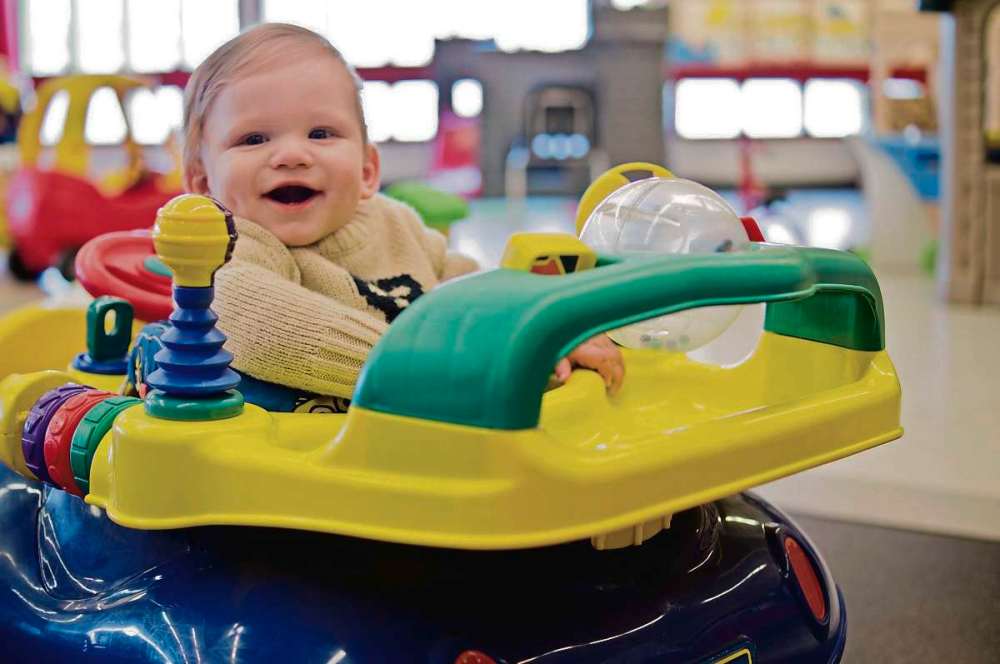
Board president David Brown said the 16-member volunteer board faces the challenge getting volunteers to help out with community events such as the annual Breakfast with Santa event, the fall supper, the School’s Out dance at the end of June, and the fall festival. The centre’s outdoor rink is also maintained by volunteers.
“As our community continues to grow it becomes more difficult to engage volunteers, especially in a bedroom community such as La Salle. This is not a unique challenge to La Salle, however, it is a common theme that volunteer effort is becoming more difficult to find,” Brown said.
With residential development continuing in La Salle, Brown is hopeful that some of the community’s new residents will decide to start lending their hands for community activities.
“The Caisse Community Centre embraces the challenge of continuing to provide programming and activities for the growing community. After all, the growing community is one of the reasons that we opened our new facility in 2014. We always enjoy seeing new faces in the building or at the various community events such as Breakfast with Santa and the fall festival. The developers in town have been great supporters of the community centre,” Brown said.
Part of the difficulty is making new residents aware of the various children’s and adults’ programs available at the centre, as well as the fitness centre. The centre primarily advertises programs and events through their monthly newsletter that recently moved to an online version only.
— with files from Ligia Braidotti, Danielle Da Silva and Andrea Geary

Sheldon Birnie
Community Journalist
Sheldon Birnie is a reporter/photographer for the Free Press Community Review. The author of Missing Like Teeth: An Oral History of Winnipeg Underground Rock (1990-2001), his writing has appeared in journals and online platforms across Canada, the U.S. and the U.K. A husband and father of two young children, Sheldon enjoys playing guitar and rec hockey when he can find the time. Email him at sheldon.birnie@freepress.mb.ca Call him at 204-697-7112

Our newsroom depends on a growing audience of readers to power our journalism. If you are not a paid reader, please consider becoming a subscriber.
Our newsroom depends on its audience of readers to power our journalism. Thank you for your support.




